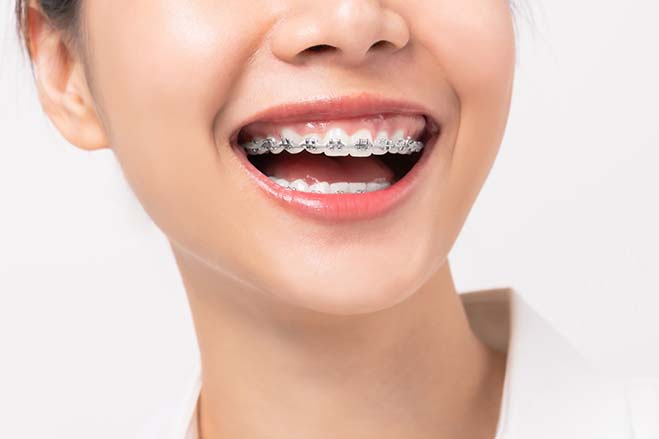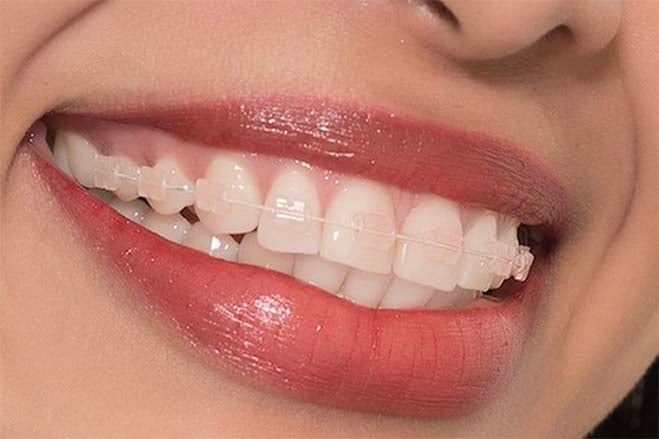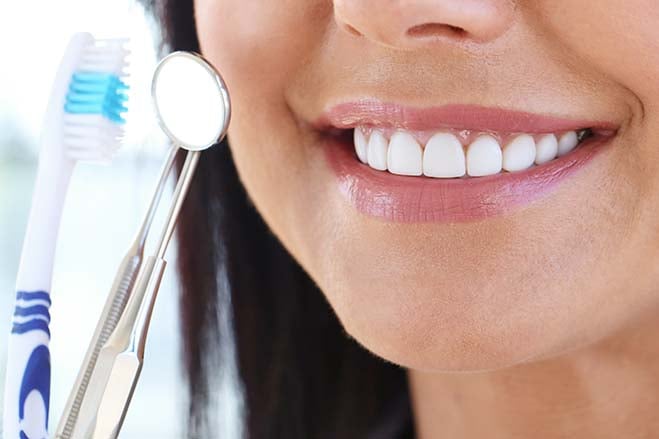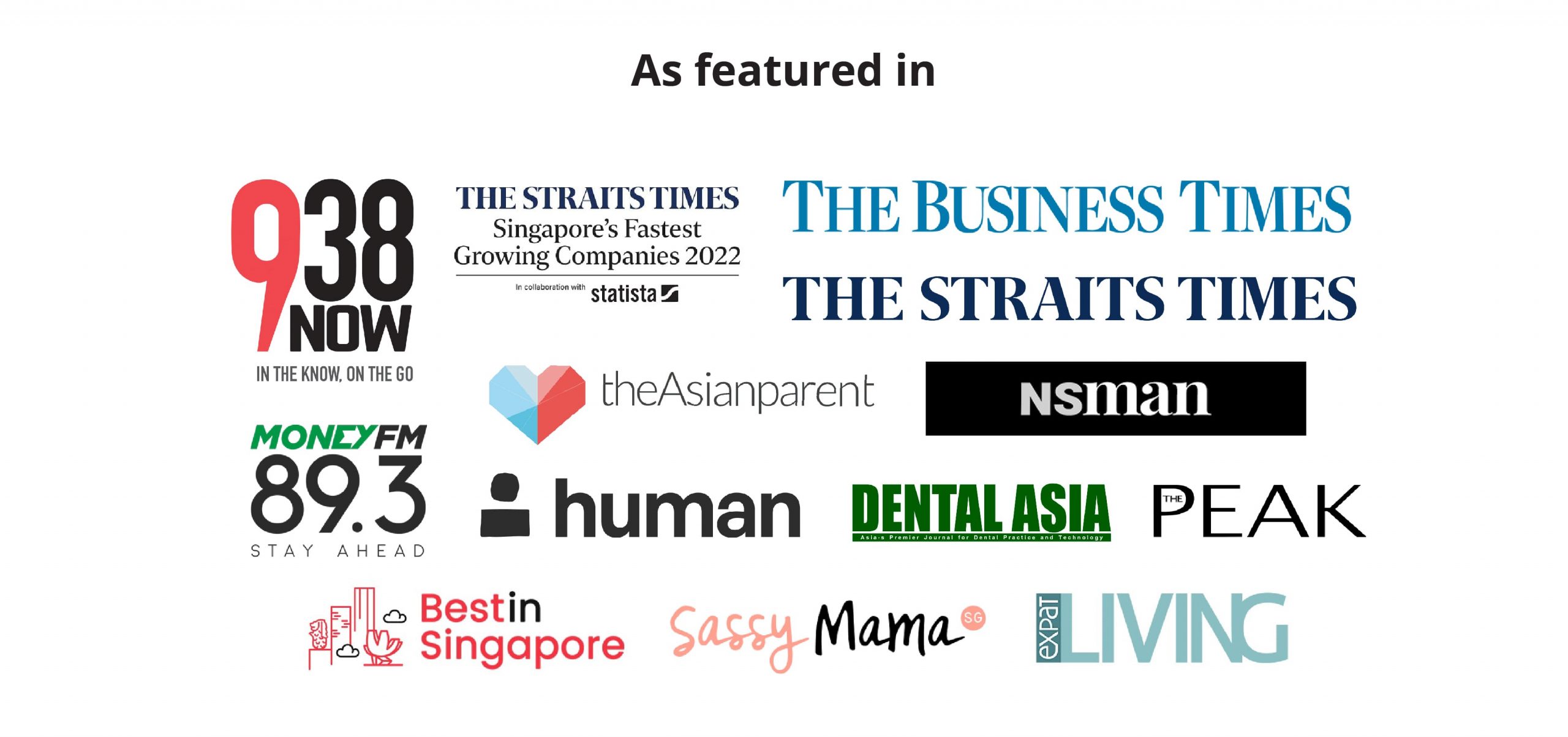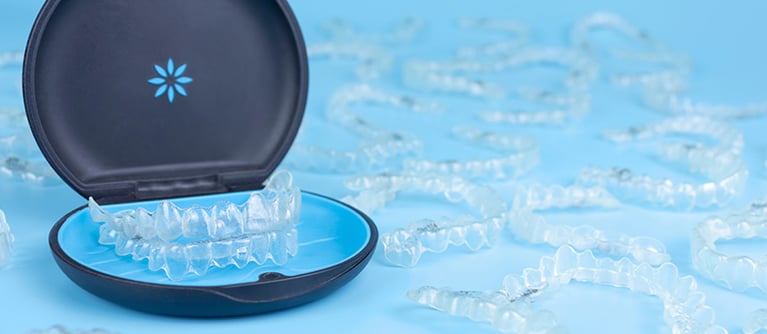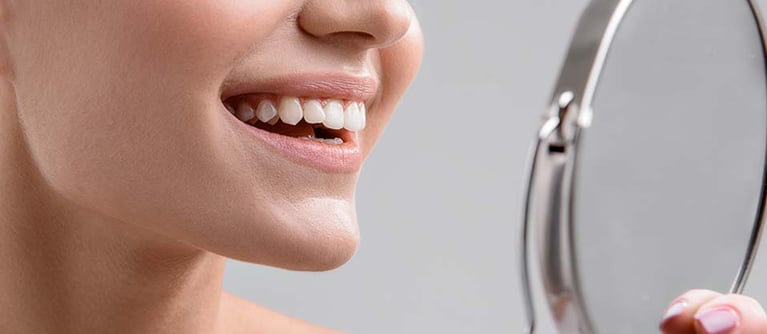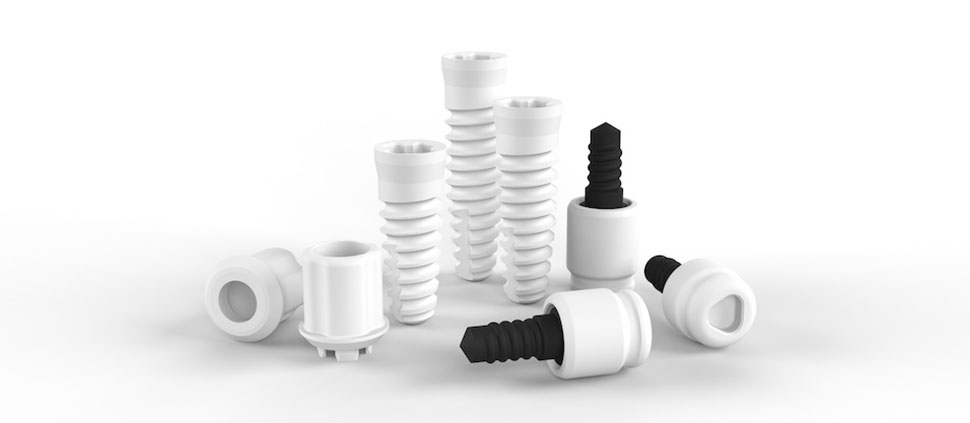Braces can treat a wide range of teeth problems, including open bite, overbite, underbite, crooked teeth, overcrowding, gapped teeth, crossbite, overjet, and abnormal bite. The type of braces needed to correct these problems will depend on the severity of the issue and the patient’s individual needs.
Open bite occurs when the front teeth don’t meet properly, leaving a gap between the upper and lower teeth. Braces can correct this problem by bringing the upper and lower teeth into proper alignment.
Overbite, or deep bite, occurs when the upper teeth overlap the lower teeth too much. Braces can correct this problem by pushing the upper teeth back and/or bringing the lower teeth forward.
Underbite occurs when the lower teeth protrude further than the upper teeth. Braces can correct this problem by bringing the upper teeth forward and/or the lower teeth backward.
Crooked teeth occur when teeth are misaligned or rotated. Braces can correct this problem by moving the teeth into the proper position.
Overcrowding occurs when there isn’t enough space in the mouth for all of the teeth. Braces can correct this problem by gradually moving the teeth into the correct position
Gapped teeth or spacing occur when there is too much space between teeth. Braces can correct this problem by bringing the teeth closer together.
Crossbite occurs when the upper teeth bite down inside the lower teeth. Braces can correct this problem by moving the upper teeth out and/or the lower teeth in.
Overjet occurs when the upper teeth protrude further than the lower teeth. Braces can correct this problem by moving the upper teeth back and/or the lower teeth forward.
Abnormal bite occurs when the upper and lower teeth don’t fit together properly. Braces can correct this problem by bringing the teeth into proper alignment.





